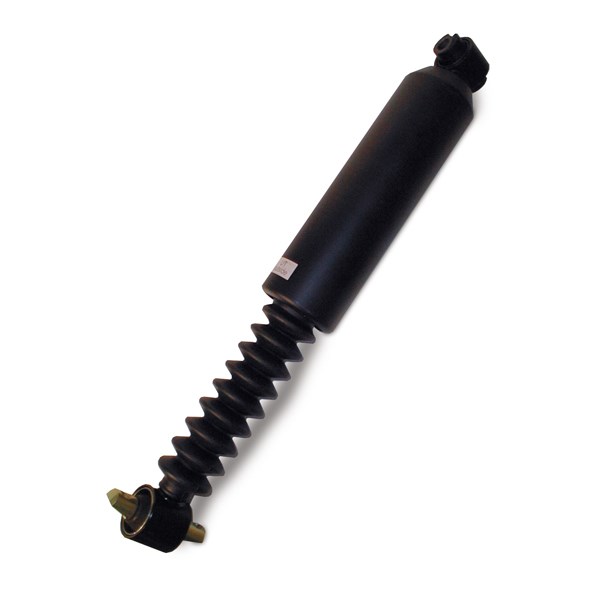What are Nivomat shocks and does my Volvo have them?
It’s a little known fact that many Volvos have self-leveling rear suspension equipped from the factory. Most owners are unaware of this system as it is fully self-contained and has no external parts such as a compressor or air lines.
The Nivomat self-leveling system that Volvo uses is designed and manufactured by Sachs/Boge. The heart of the system is the Nivomat self-leveling shock which works in conjunction with a lightweight coil spring. In simple terms, the Nivomat shock pumps itself up to normal ride height when loaded. For example, if you put a couple of hundred pounds in the trunk or cargo area of your wagon, the back will sag down a couple of inches. It will stay this way until you begin driving. As you drive, the normal movement of the suspension will gradually raise the rear of your car to the normal height, usually within a mile or two.
Ongoing Sagging Problem?
If your car seems to sag all the time, it’s possible that the Nivomat shocks are worn out or were mistakenly replaced with ordinary shocks. Since the Nivomat shocks actually play a part in holding the car up (conventional shocks don’t), when they’re removed the car will be about 2 inches lower in the rear, even if new shocks have been fitted. Often, we get calls from customers and even repair shops wondering why a particular Volvo now rests low in the back after installing new shocks.
If your car is parked for extended periods (more than a day or two), the car may settle a little, which is normal. However, the difference from driver side rear to passenger side rear should be less than 9/16’.

The large rubber accordion boot is the simplest way to identify a Nivomat shock.
Is It Self-Leveling?
To check the operation of the self-leveling function, park on a flat surface, measure from the center of the fender lip to the lowest part of the wheel lip (See figure 1), and record your measurement (A) of both driver’s and passenger’s side rear. Now load the trunk or cargo area with about 300 lbs. The car will sag a little. Drive the car of couple of miles, then park in the same spot where you took your first measurement, and measure again with weight still in car. The permissible deviation is -3/4” to +5/16”.
For example, if your unloaded measurement was 20”, the acceptable loaded measurement would have to fall between 19 3/16’ and 20 5/16’. Keep in mind that the allowable difference from side to side is 9/16’. If the results don’t fall within the acceptable range, the shock absorbers in question should be replaced. A light oil film is normal, but if oil leakage appears excessive, replacement may be necessary.
Failed Nivomats? What next?
If you determine that your Nivomats have failed, you have a couple options for replacement. New replacements can be very expensive.
For rear wheel drive models, we offer two other options, the first being original Sachs/Boge Nivomats at substantial savings over most Volvo dealers. Secondly, and most popular are our Nivomat replacement kits. This kit consists of a new pair of shocks along with a new pair of springs at the proper spring rate so your Volvo won’t sag. Our Nivomat replacement kit is cheaper than the cost of original replacements and improves ride quality, when compared to the mushy ride the Nivomats alone provide.
